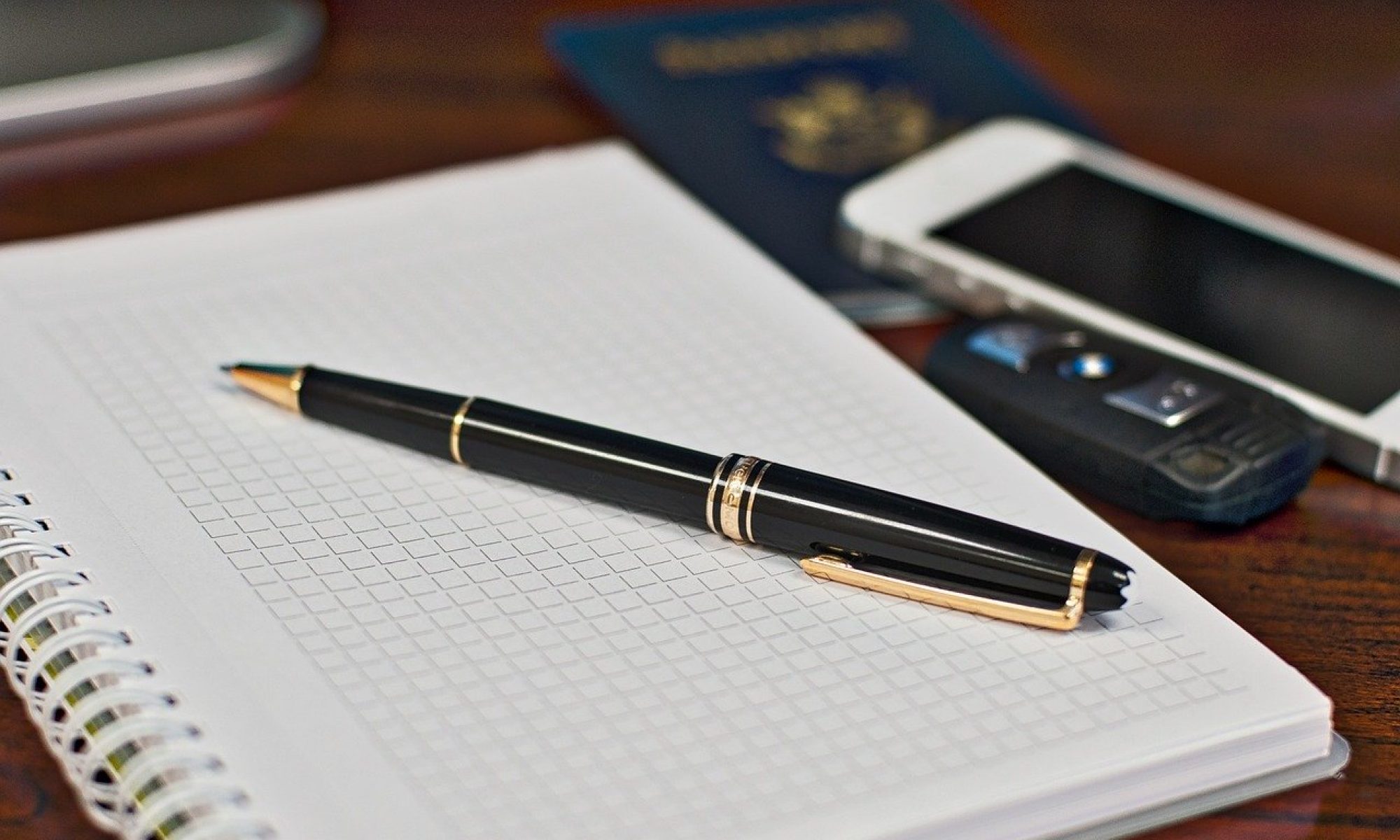We live in an age where children are accustomed to the conveniences of the internet and modern-day gadgets. Although these can benefit your child in numerous ways, it also has its downside. The AHA (American Heart Association) said that children are now spending too much time in front of screens. Studies show that kids and teenagers aged 8 to 18 spend an average of seven hours daily looking at screens. AHA warns of the effects of too much screen time on your children’s health and encourages parents to maximize their kids’ screen time up to two hours daily.
We have highlighted reasons you should limit your little ones’ screen time and how to do it.
- Future Chronic Health Conditions
Studies linked screen time with the increased chances of children acquiring sedentary behavior. This behavior can lead to an increased risk of getting chronic health conditions like cardiovascular diseases and high cholesterol. Many research studies have proved that an increase in screen time is associated with obesity because kids get used to snacking when watching their favorite shows or playing video games.
The Solution:
Discuss the dangers of using gadgets for extended periods and encourage your kids to engage in more old-school activities like reading books and playing outside your backyard. However, for extra precautionary measures, you can also limit your children’s screen time by using parental control software. It allows you to set time limits when your child uses their gadgets automatically.
- Eye Problems
One of the most harmful effects of frequent exposure to screens involves the eyes and can lead to redness and irritation. These adverse effects are because of the blue light emitted by different gadgets. Professionals predict that the next generation of children will have poor eyesight by their early 40s.
The Solution:
Besides limiting the screen time your children get, you can buy filters that decrease the amount of blue light emitted through their devices.
- Screen Time Can Become Addictive
Aside from being accustomed to using gadgets and the internet for just about anything, when your child is swiping or touching a screen, they will find themselves enjoying the activity even though they do not know what they are doing. Because of the increase of social media platforms, games, and videos, more kids find different ways to entice their boredom. These new developments can lead to an addiction to screens much faster.
The Solution:
Implement a strict schedule of screen time with your kids. Even if they disagree, you have to ensure they follow this by confiscating their gadgets when the agreed time is up. Although they may disagree at first, you will see the gradual improvement resulting from following the rules.
Showing that you are serious can encourage kids to do something else like read a book or play with their toys. Implementing screen time limits can mold your kid to be healthier, smarter, and happier.
- The Negative Effects of Social Media
More kids are getting addicted to different platforms on the internet and play a massive role in their social lives, making them heavily intertwined with the internet and gadgets.
However, this does not mean that all forms of digital technology is bad for your little ones. It can help you introduce them to new information about current events and socializing with their friends online. But if you do not regulate their access to social media, you will find yourselves in an awkward position as you will notice your child spending more time with their gadgets because of these platforms.
The Solution:
Establish media-free zones like no screen time in their bedrooms and set a schedule for your little one to access social media. You can confiscate their gadgets when they do not follow your rules or temporarily deactivate their social media accounts to discourage them from exceeding the screen time limit.
- A Decrease in Engagement with Educational Activities
As your little ones get older and become accustomed to having too much screen time, research studies show that there is a significant drop in engagement in educational activities. The researchers held a national survey of over 1,000 parents with children ages 2 to 11, answering questions regarding the duration of screen time their kids follow. These include the use of media, from smartphones to laptops, and they discovered that most kids do not get exposure to educational media, resulting in a 78 percent drop for younger children and a 27 percent drop for older ones regarding engagement with educational activities.
The Solution:
Aside from setting screen time limits for your kids in preventing the decline of their interest and engagement with educational activities, when they do get the chance to use their gadgets, make it a habit to expose them to more educational media. These educational media include cartoons like Sesame Street, reading applications, educational games, and other platforms.
- Screens Are Over-Stimulating
Because of the development of different applications and video games that kids have become accustomed to, grabbing and keeping their attention is not easy. This factor can negatively impact their school performance as teachers may find it challenging to keep the attention of your little ones because of their exposure to over-stimulating media.
Schools are adapting to the modern needs of children and are now incorporating more screen time in their classes, which can be harmful.
The Solution:
Ask your kid’s teacher to know how much screen time they get when at school to help you adjust the screen time limit when at home.
Take Action for Your Child’s Future
You can quickly implement these changes to help your child get back on track. Set rules that are reasonable and give them under two hours of screen time daily for optimal results. Try to teach them the importance of sticking to old-fashioned ways of passing the time by reading books, playing with toys, and outdoor activities.
